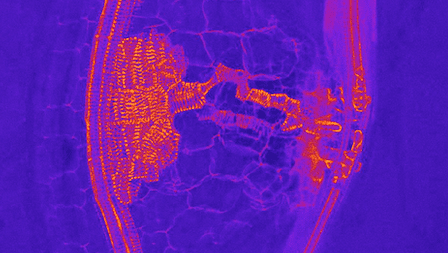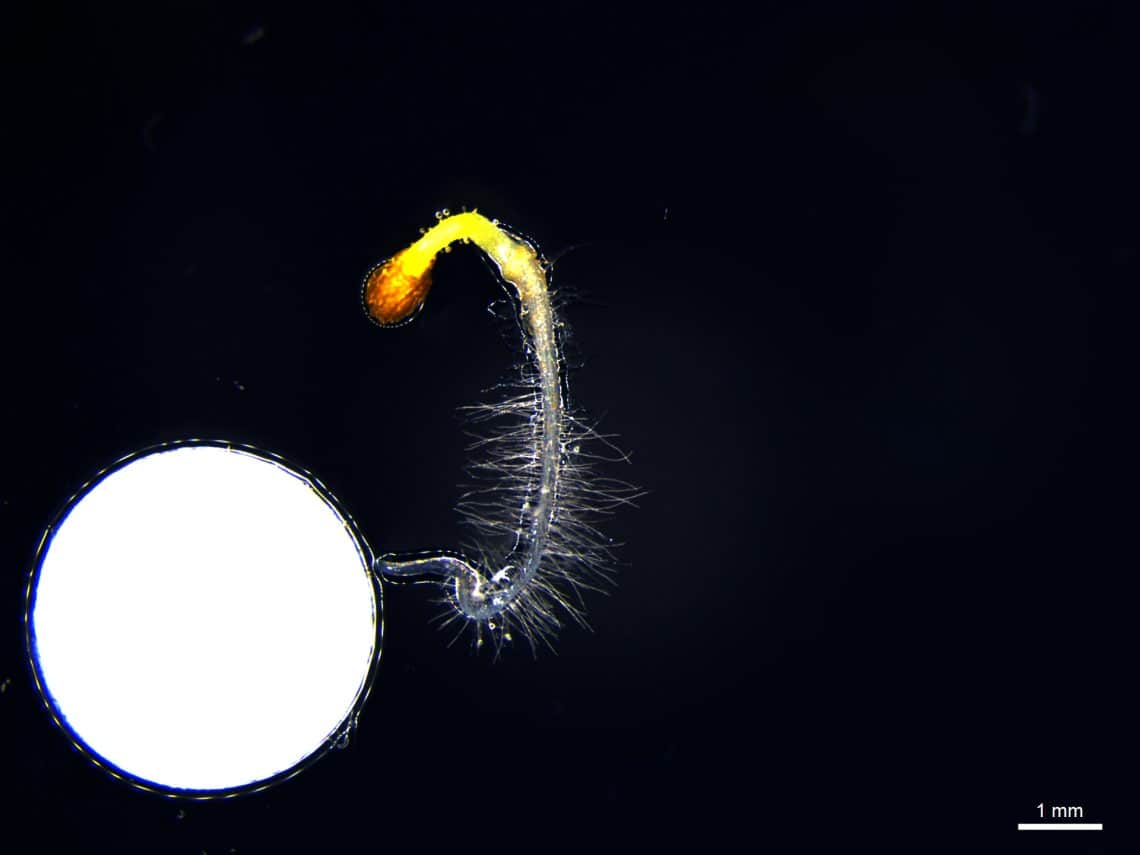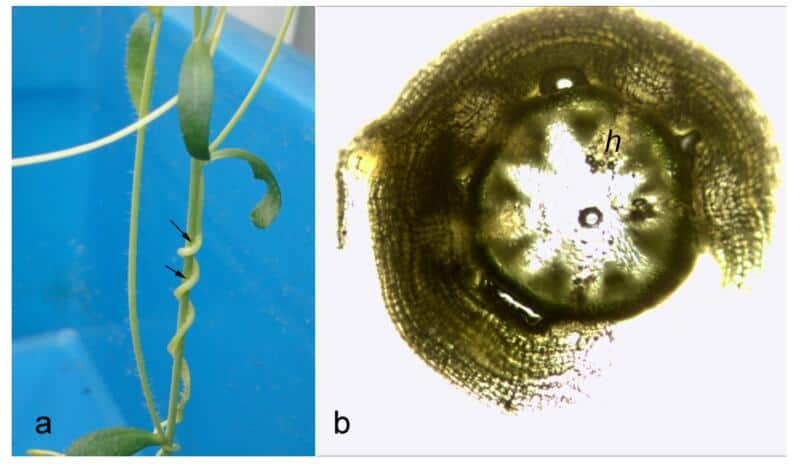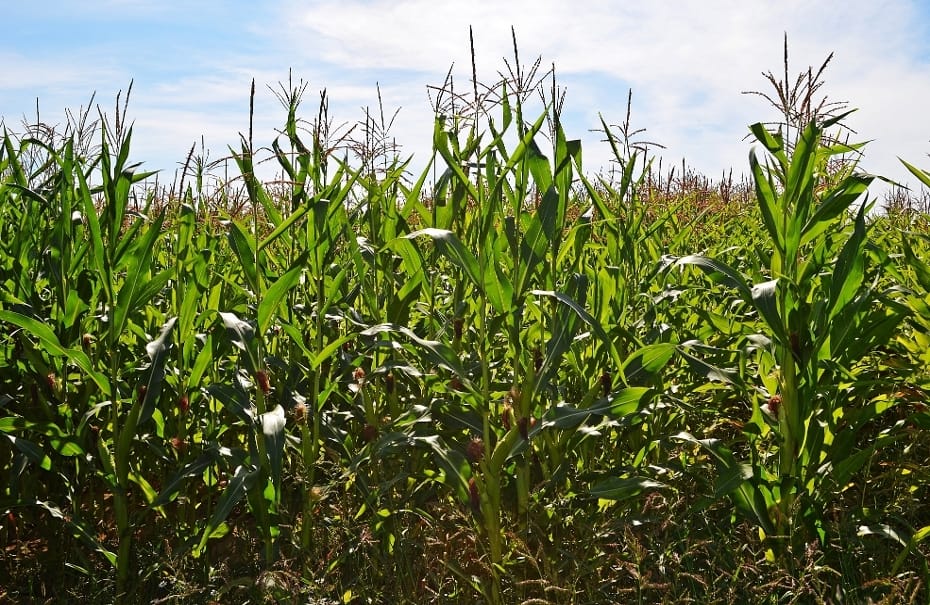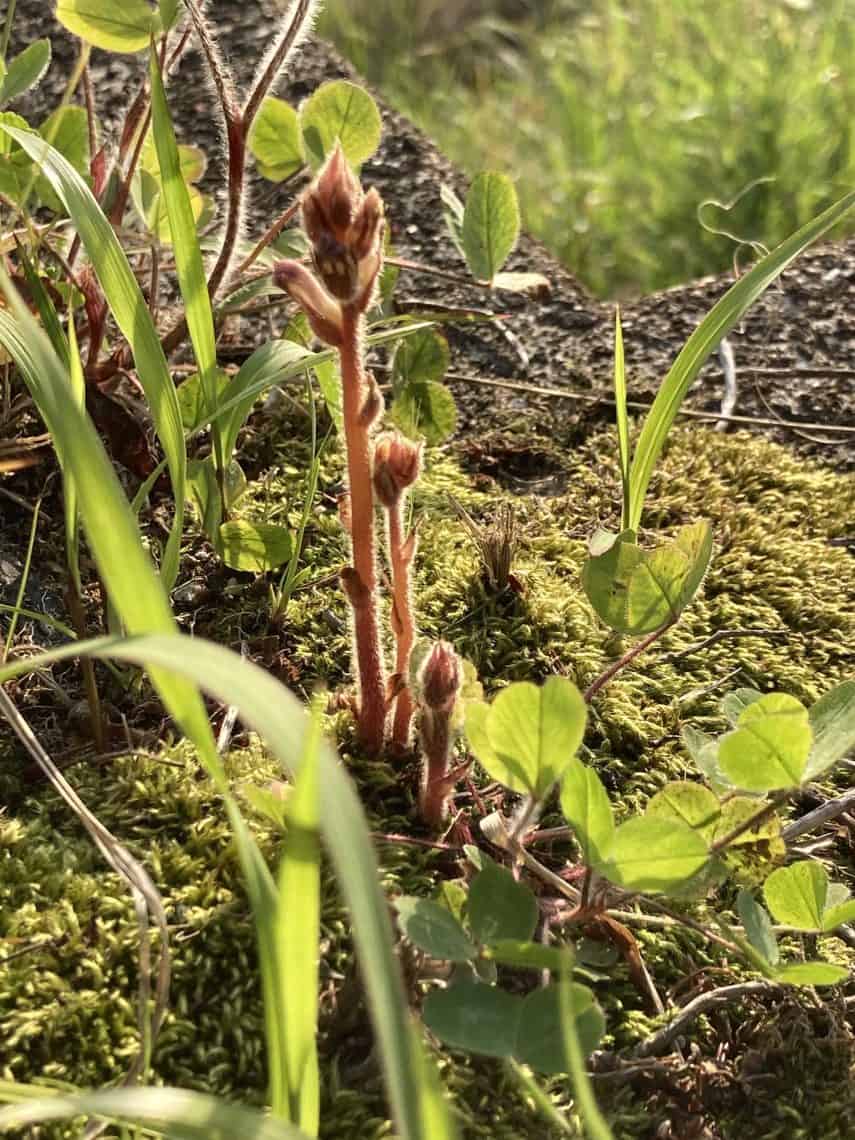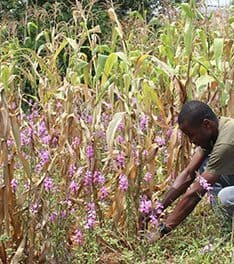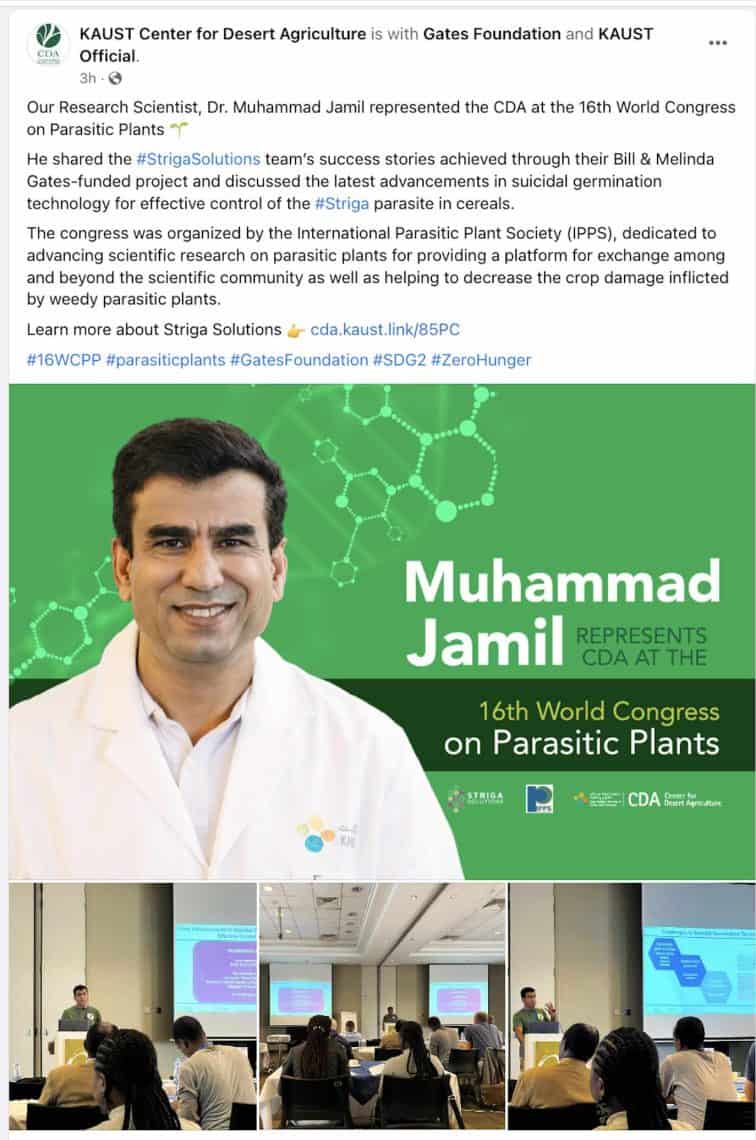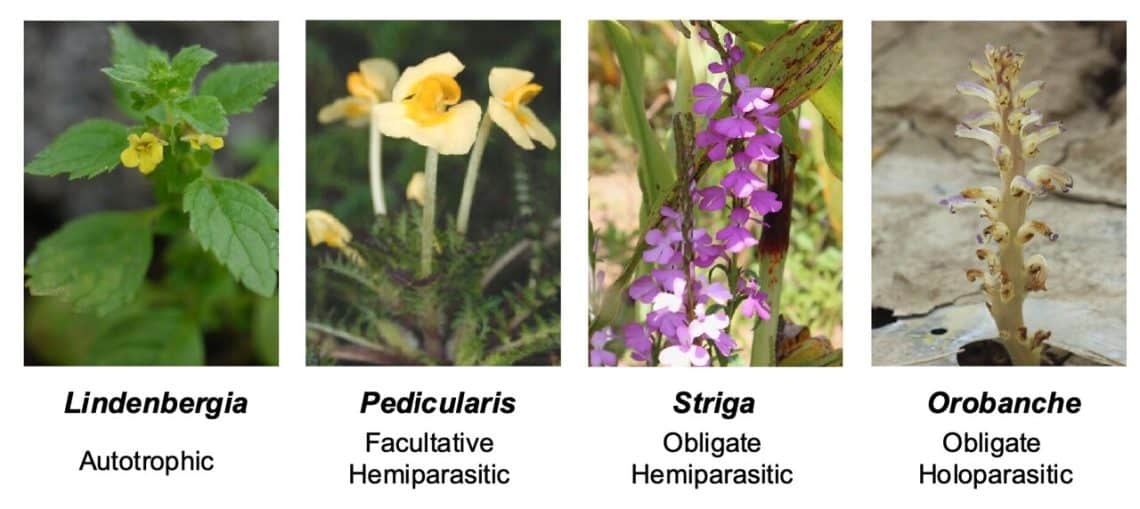The availability of nutrients in the environment can have dramatic effects on plant parasitism, for instance, Striga infestations are reduced in nutrient rich soils. The molecular basis for this phenomenon is not well known so we decided to investigate this further with the Orobanchaceae family member Phtheirospermum japonicum. It’s a facultative parasite which infects Arabidopsis […]
Nitrogen represses haustoria formation through abscisic acid in the parasitic plant Phtheirospermum japonicum
